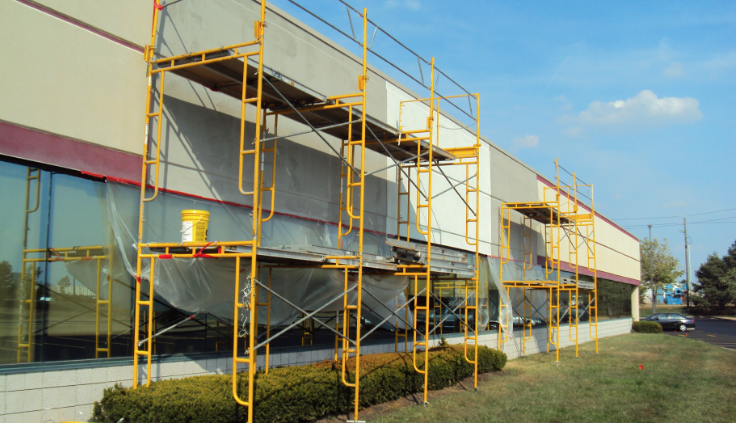Tips For Successful Exterior Insulation & Finish Systems – Part 4 of 4

Exterior Insulating Finish Systems (EIFS) were originally designed as a “perfect barrier” system, engineered to provide waterproofing protection at the exterior face of the cladding. In order to maintain the integrity of the system over time, examine the EIFS meticulously for even tiny breaches– including expansion cracks due, sealant failure at joints, or impact damage. In addition, keep in mind the following tips to keep your system looking and performing its best.
Maintenance and Repair
Regular, thorough inspection and maintenance practices are the key to noticing the smallest signs of developing problems will allow building owners to get ahead of potential issues before they become big issues.
Cleaning
Inspect EIFS finishes and sealants for damage or wear at least twice a year. About every five years, clean EIFS thoroughly– more often in areas prone to fungal or algae growth. Pressure washing is a good option, or use a cold-water solution of commercial detergent or trisodium phosphate (TSP). Never use hot water, which can cause acrylic polymers in the finishes to soften. Efflorescence, along with wood, tar, asphalt, graffiti, and rust, may require sealing and re-coating the surface.
Coating
Elastomeric coatings provide excellent waterproofing protection for worn EIFS surfaces while also improving the look. Keep in mind, however, that elastomeric coatings can change the texture of an aggregated sand finish, and alter the vapor permeability and sheen of the original cladding. Avoid dark-colored coatings, which absorb heat and tend to crack.
Refinishing
Resurfacing may sometimes be required to address permanent stains or other damage to EIFS. Be sure to clean and dry the area before troweling a skim base coat to fill voids in the surface. Once the base coat is completely dry, apply a new finish coat per manufacturer’s instructions.
Color-matching
Color-matching can be trickier than you think. When trying to match the color of a new finish with an old one, use a physical sample. It is very likely that exposure and age have changed the original color. Even if only a small area is affected, it is usually best to replace the entire panel– there are many factors that can prevent refinished areas from blending completely with the existing finish.
Flashing and Sealant Repair
Water infiltration is the enemy of all EIFS, so check the places where water may enter, including door and window perimeters, expansion joints, and roof intersections, frequently. Take care when removing worn sealant, as it may damage the existing EIFS– which cannot be repaired until the new sealant is installed and allowed to dry completely.
No exterior finish system is perfect, but observing these basic maintenance and repair techniques will help keep your EIFS looking and performing well. Remember, how complex any required repairs will be depends on how serious the damage is– and much can be caught early enough to keep small issues from becoming big problems if you’re paying attention. Repair to punctures, holes, or dents will require very little. However, more serious damage caused by prolonged and pervasive water infiltration can mean replacing the substrate– possibly even the entire wall, including structural support members. This means removal and replacement of the finish, base coat, reinforcing mesh, and even the insulation board.
If correctly designed, installed, and maintained, EIFS provides durable envelope protection for buildings under a wide variety of conditions.
